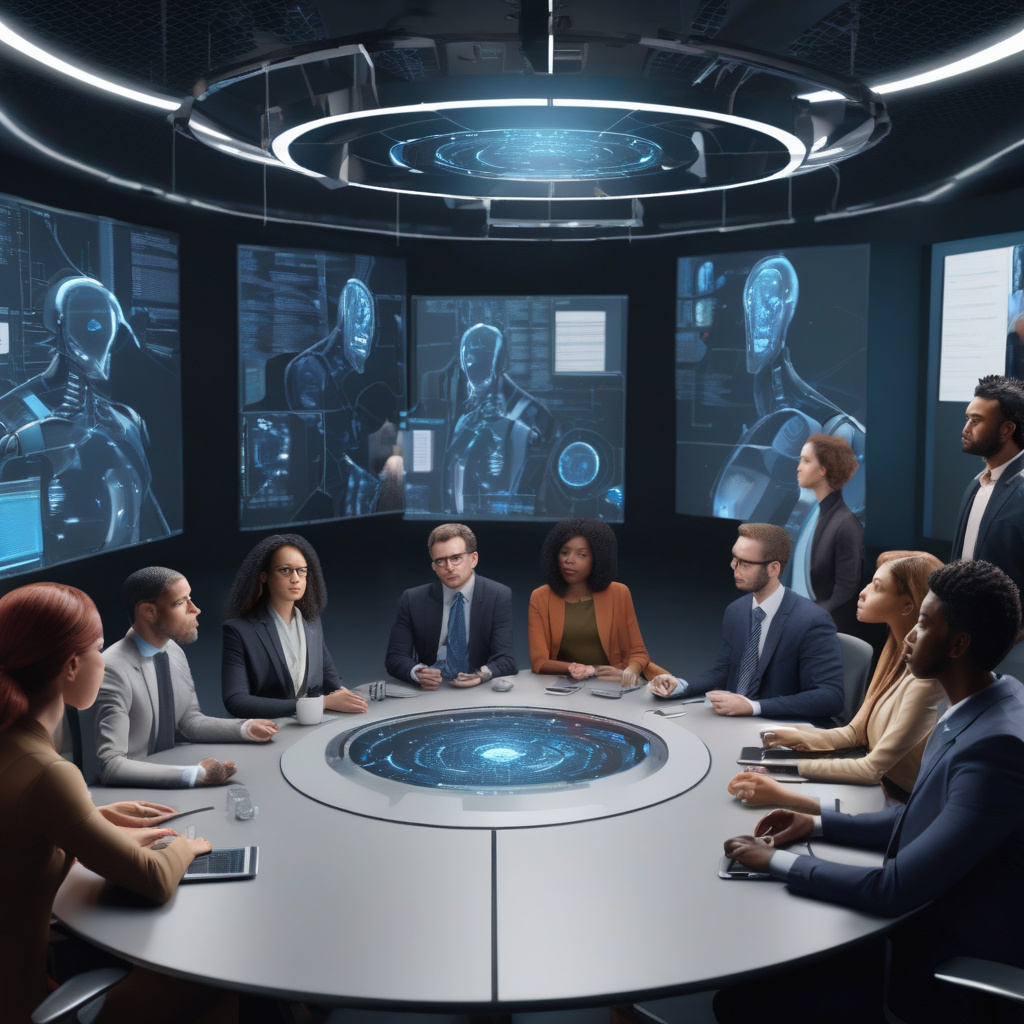In the dynamic realm of cybersecurity, the advent of AI-driven tools has sparked a heated debate among experts. Anthropic’s recent introduction of automated security reviews for Claude Code has ignited both enthusiasm and skepticism within the industry. This innovative approach involves AI algorithms scrutinizing their own code for vulnerabilities, potentially revolutionizing security practices.
Proponents of AI self-review argue that machine learning models can swiftly analyze vast amounts of code, detecting and patching flaws at a speed and scale unmatched by human efforts. By leveraging AI’s ability to identify patterns and anomalies, organizations can enhance their security posture and respond proactively to emerging threats. This proactive stance aligns with the evolving landscape of cyber risks, where agility and preemptive measures are paramount.
On the flip side, skeptics raise concerns about the risks associated with AI autonomously reviewing its own code. Questions loom over the potential for bias in algorithmic decision-making, the susceptibility of AI systems to adversarial attacks, and the ethical implications of entrusting critical security tasks to machines. As the complexity of AI systems grows, so do the challenges of ensuring their transparency, accountability, and reliability in safeguarding sensitive data and infrastructure.
Navigating this divide requires a nuanced approach that balances the benefits of AI-driven automation with the need for human oversight and accountability. While AI can expedite routine security checks and augment cybersecurity capabilities, human expertise remains indispensable in validating AI findings, interpreting nuanced contexts, and making strategic decisions. Collaborative frameworks that combine AI’s efficiency with human judgment offer a holistic solution to fortify defenses against evolving cyber threats.
In practice, organizations can adopt a hybrid model where AI conducts initial code reviews to flag potential vulnerabilities, which are then verified and remediated by cybersecurity professionals. This synergy between AI and human intelligence not only enhances the efficiency of security operations but also fosters a culture of continuous learning and improvement. By harnessing the strengths of both AI and human analysts, organizations can fortify their resilience against sophisticated cyber attacks while fostering innovation and agility.
The ongoing debate over AI reviewing its own code underscores the need for a balanced approach that leverages technology to augment human capabilities rather than replace them entirely. As AI continues to evolve and permeate various facets of cybersecurity, collaboration between man and machine will be vital in navigating the complexities of the digital landscape. By embracing a symbiotic relationship between AI and human expertise, organizations can harness the full potential of technology while upholding the principles of security, integrity, and trust in the digital age.

